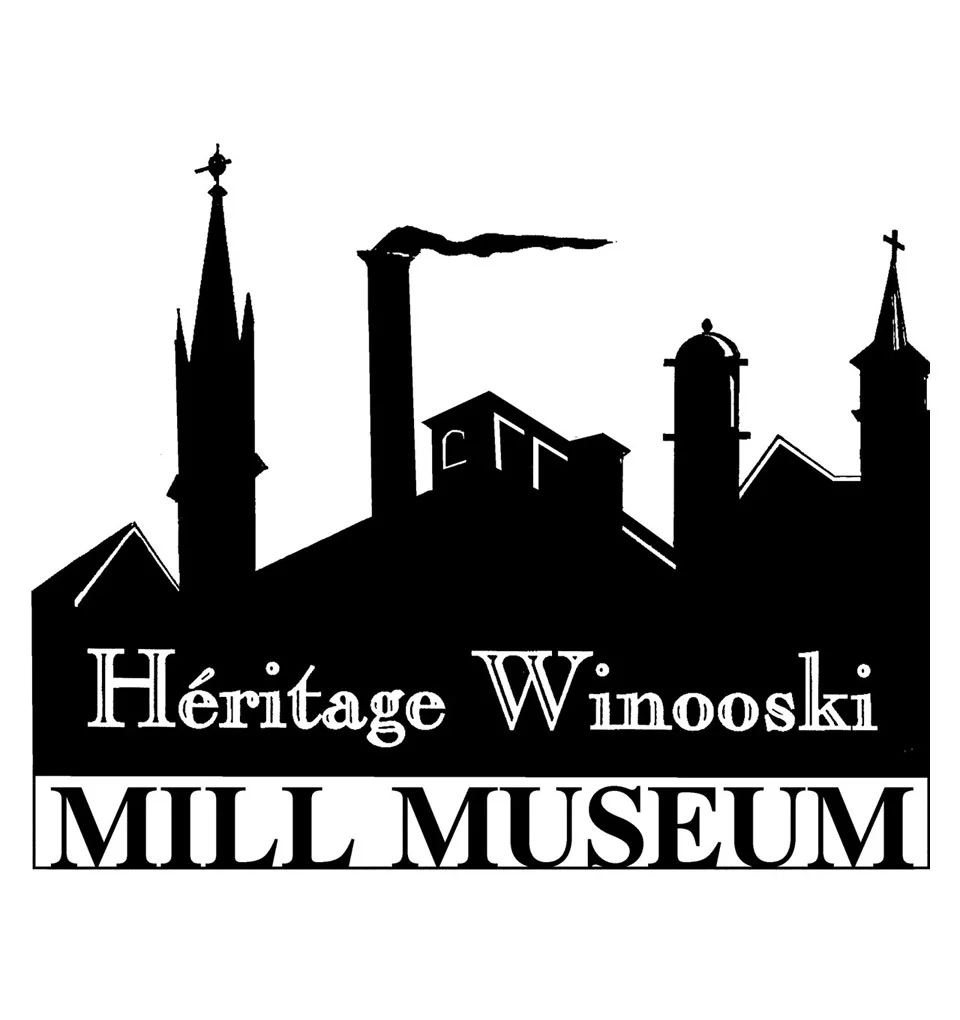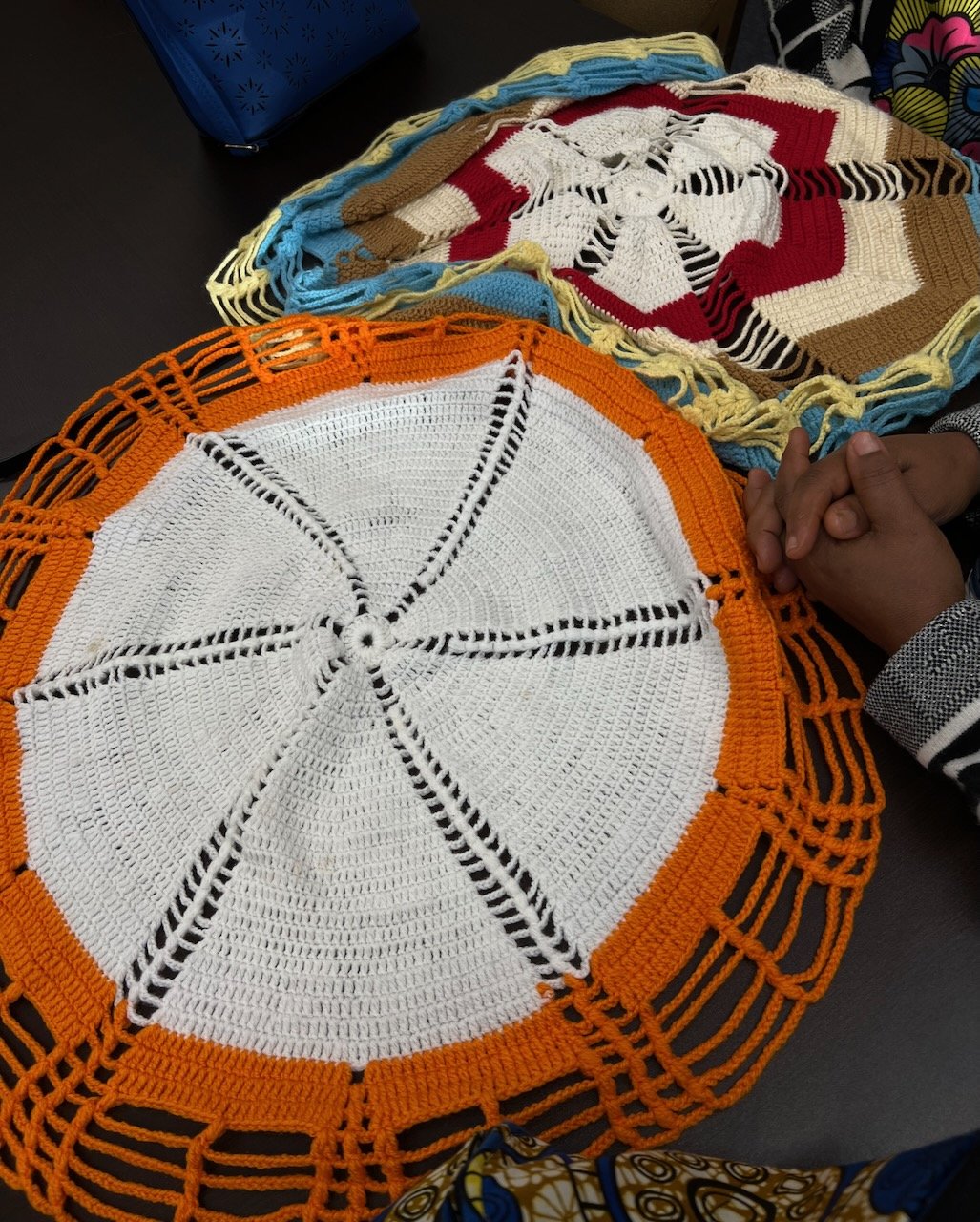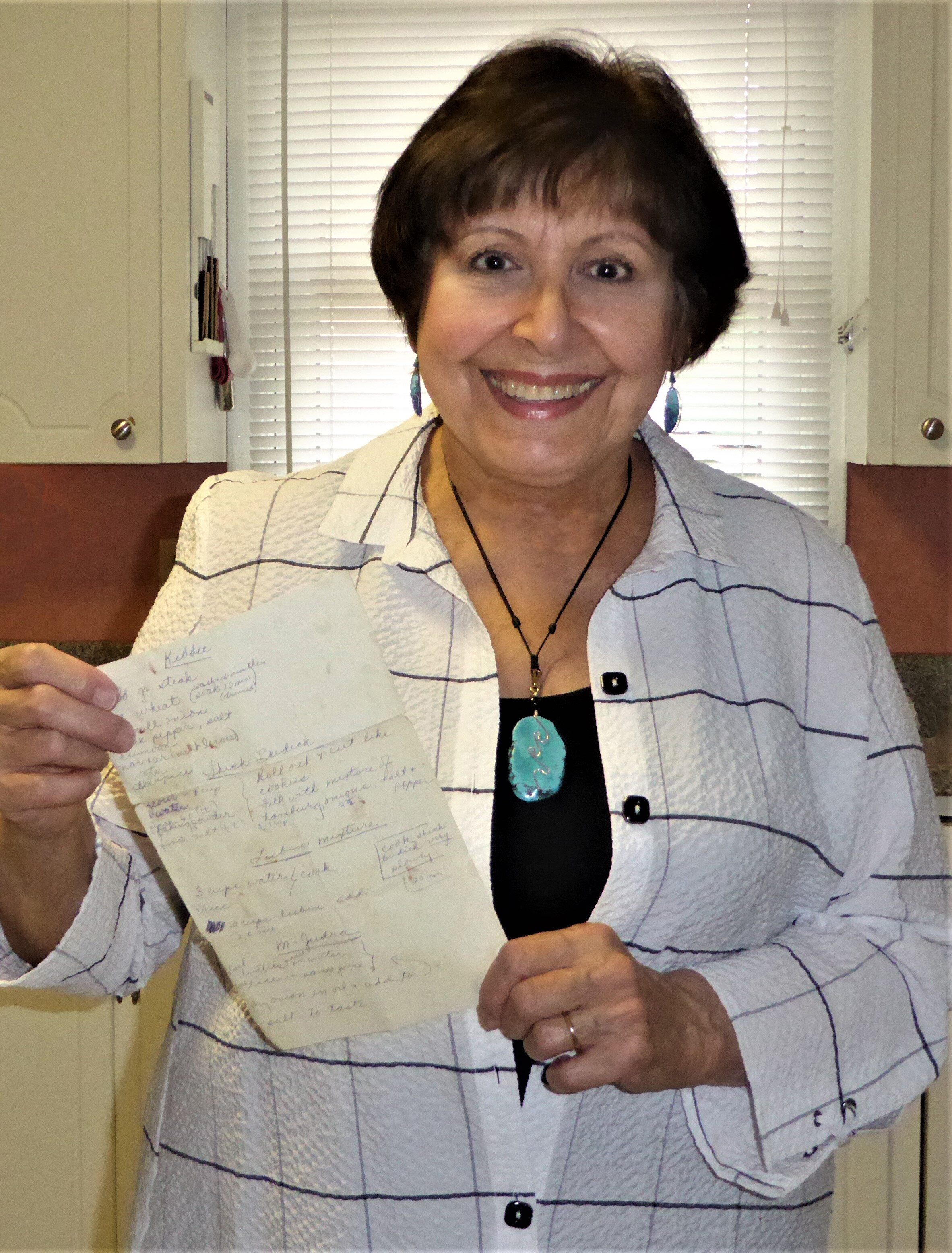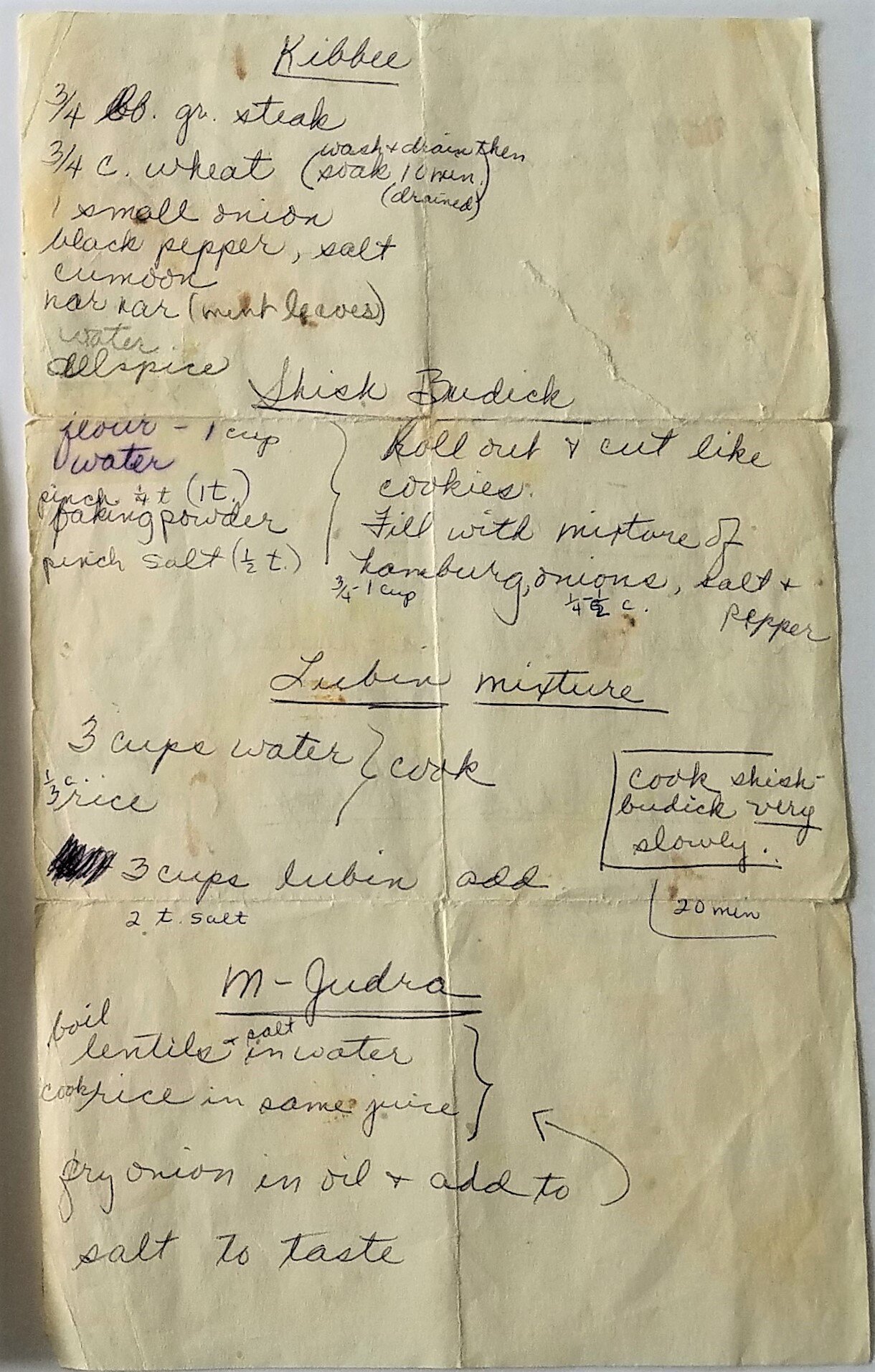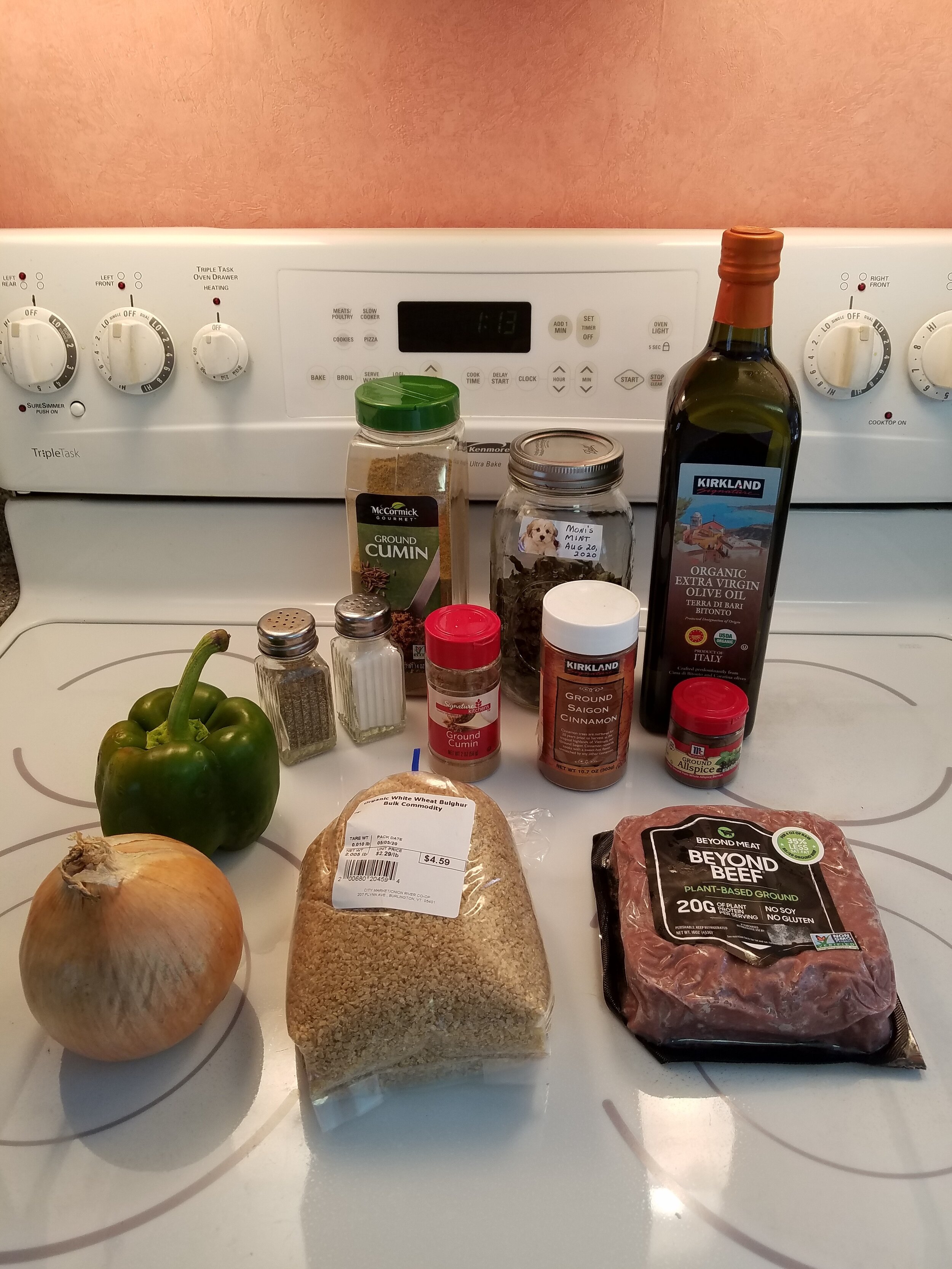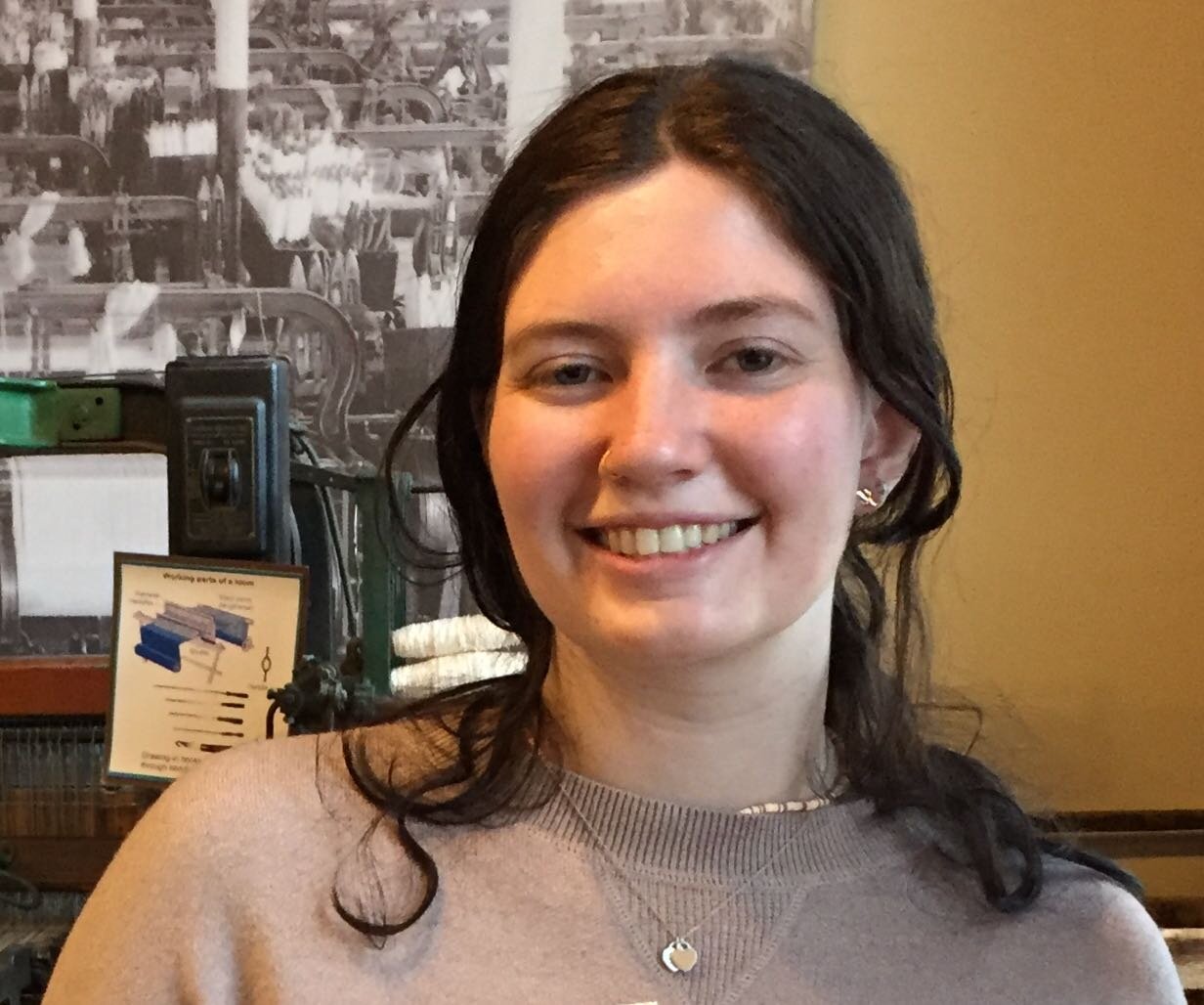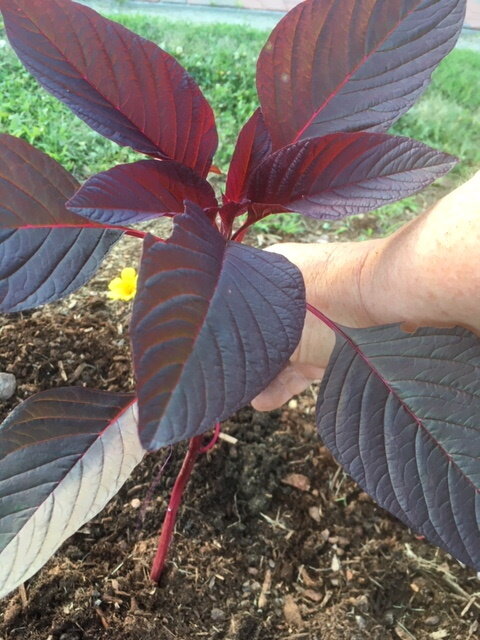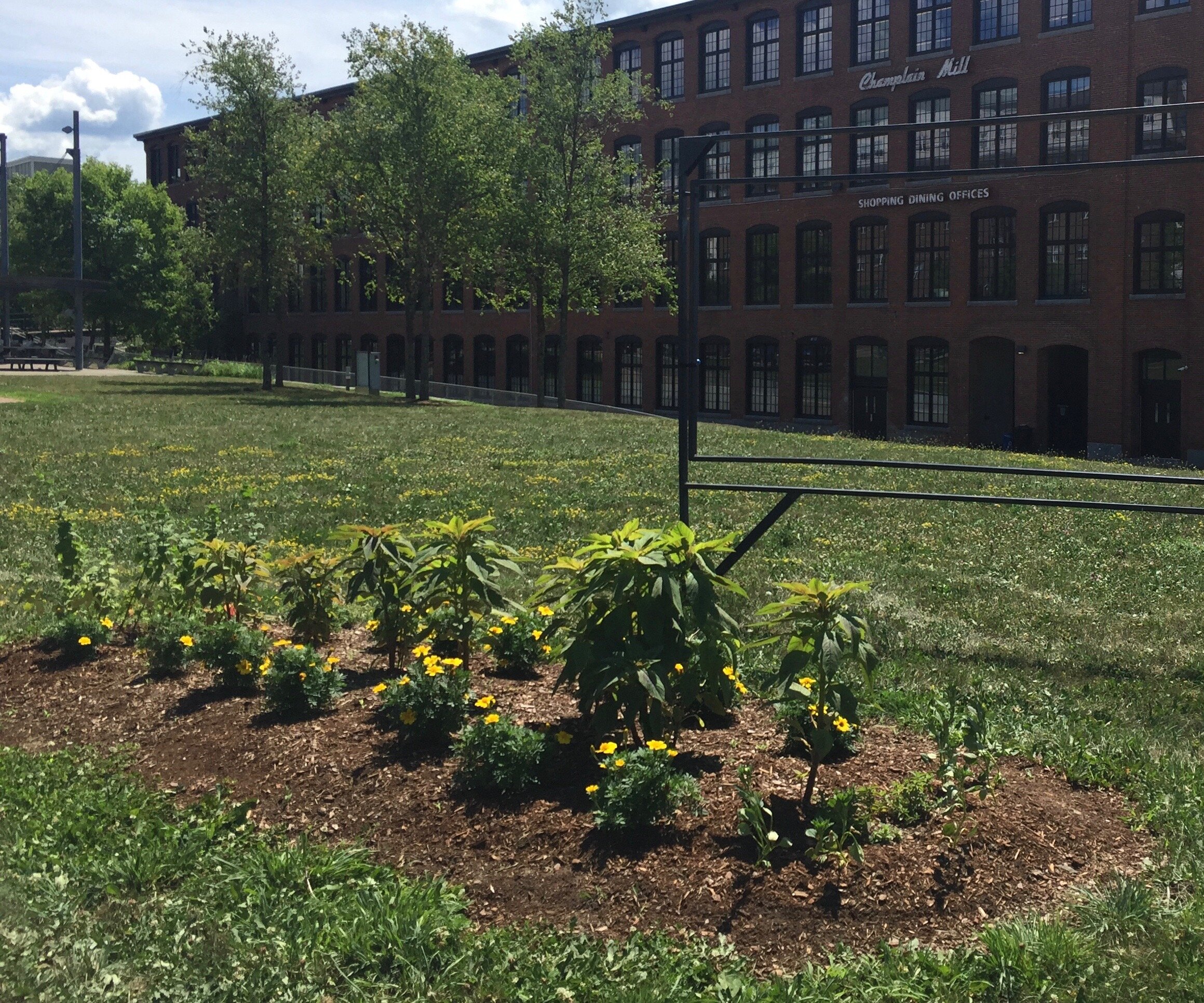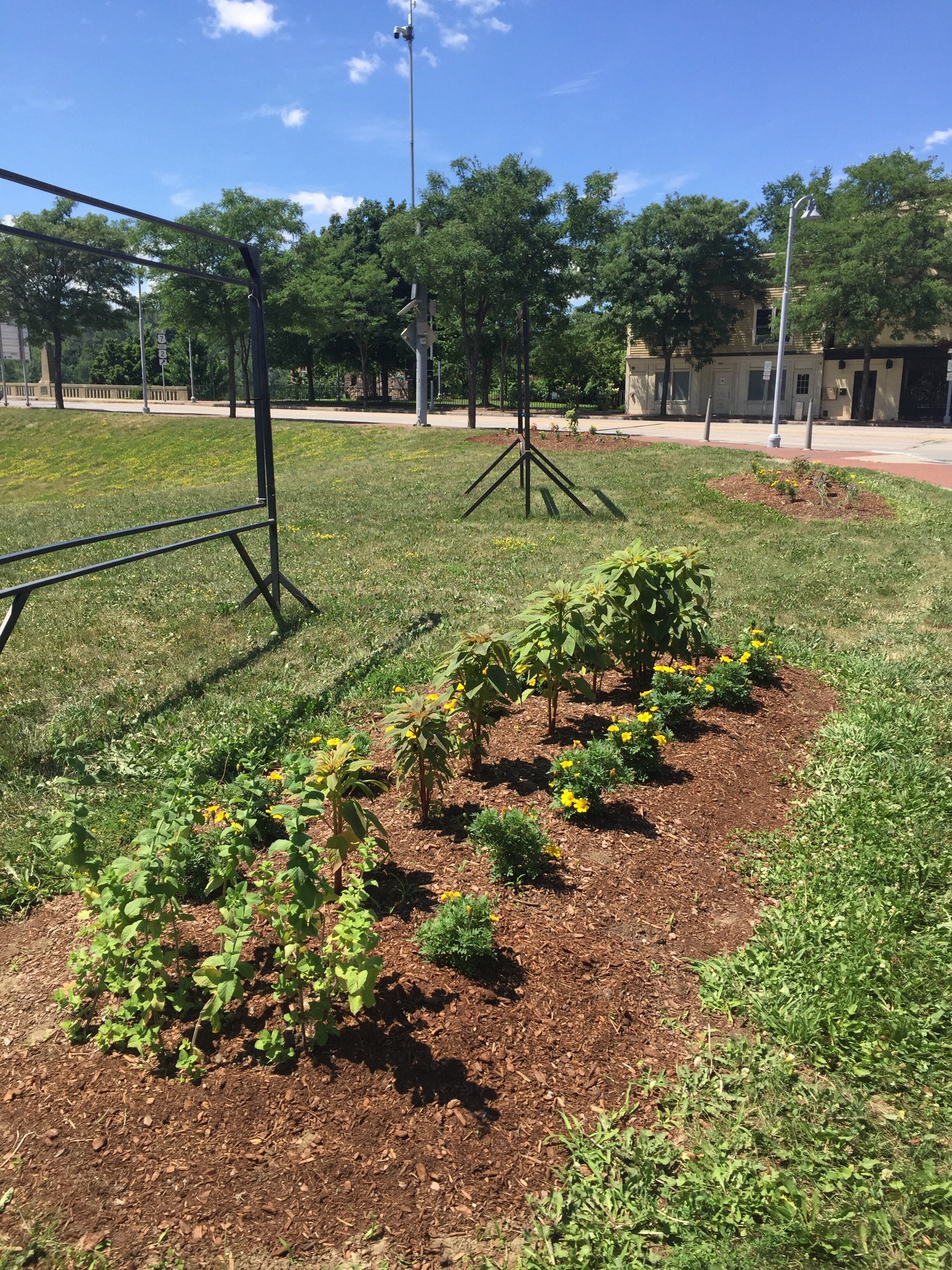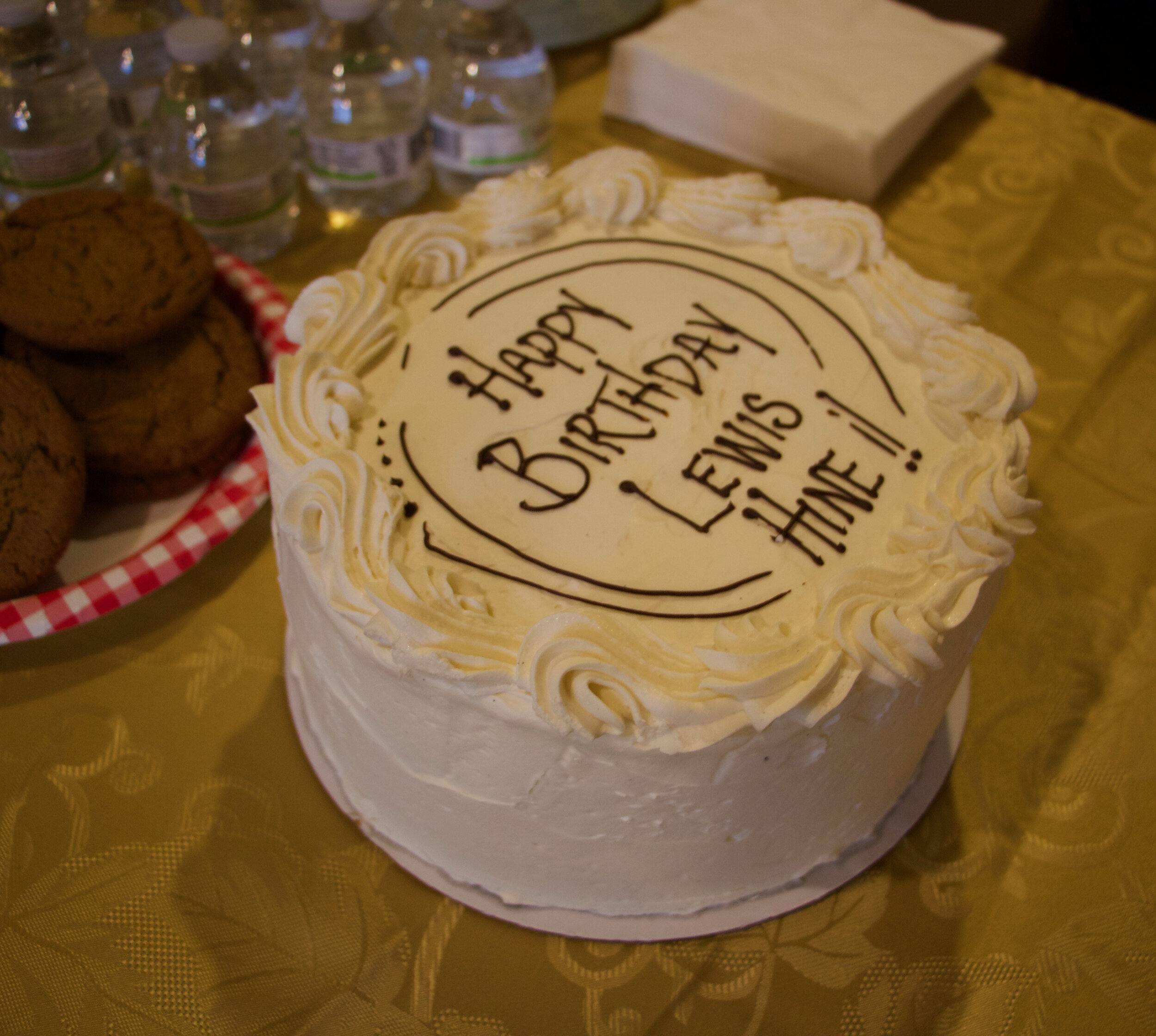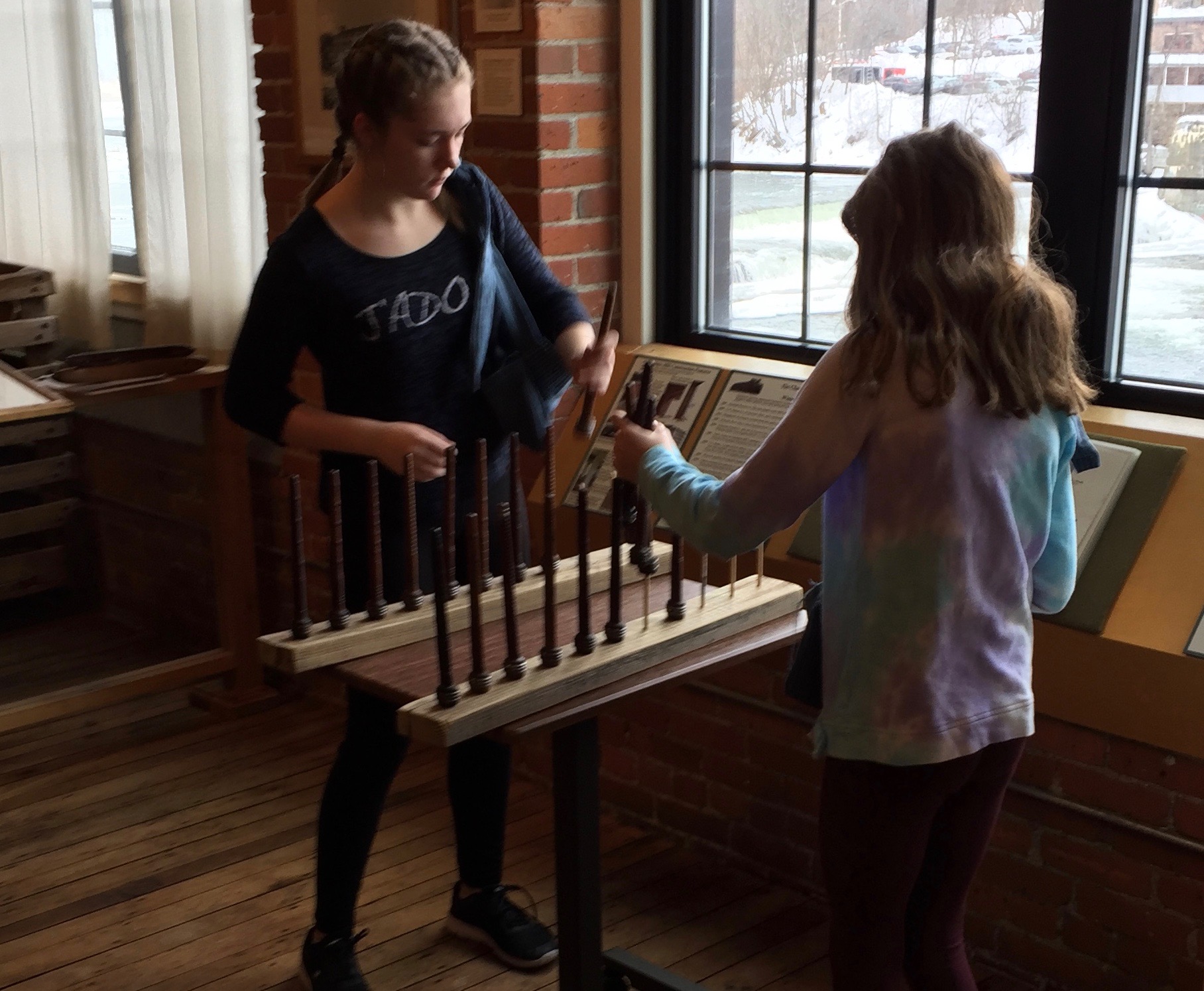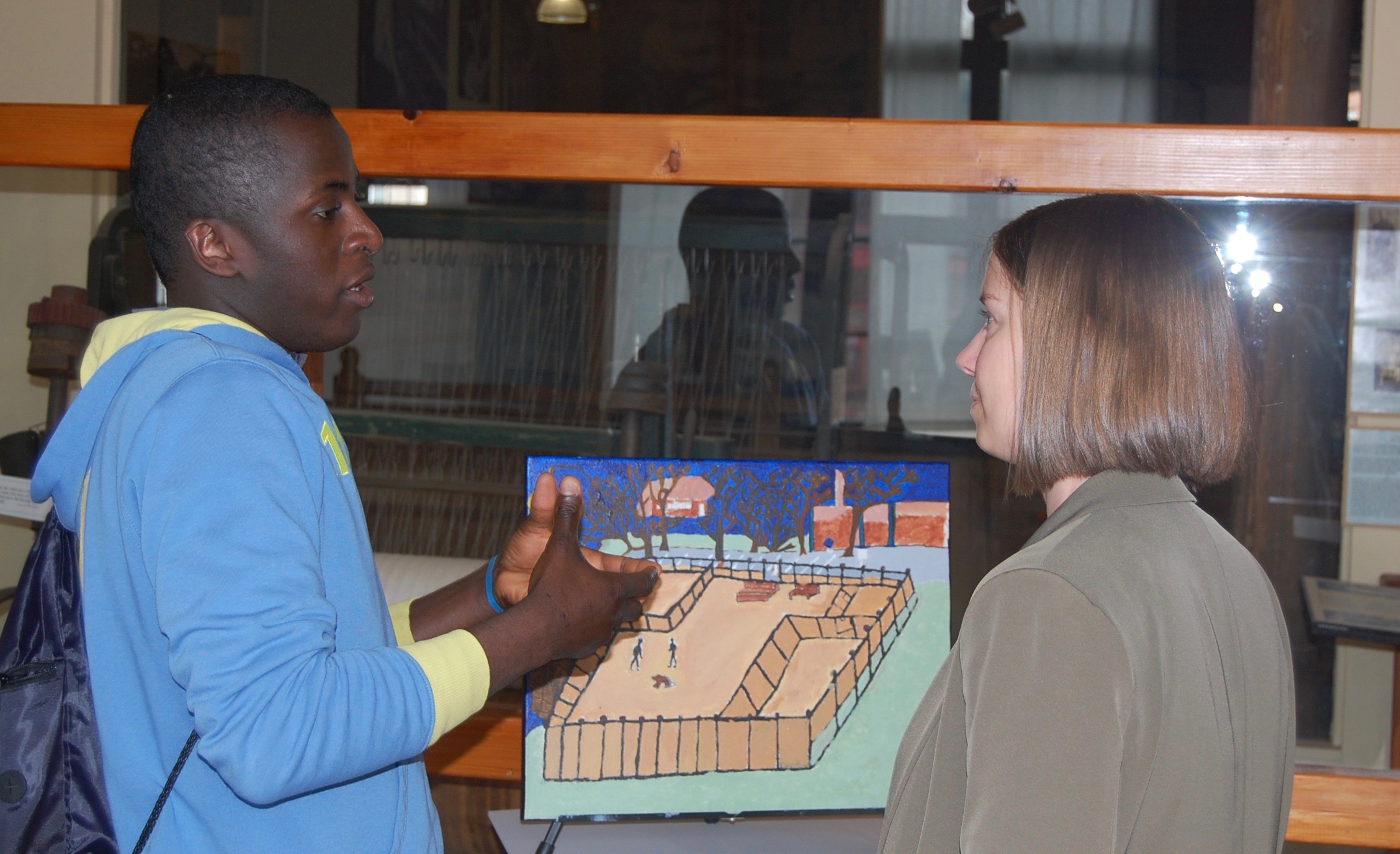Grant awarded to Mill Museum to support Local Refugee Group participating in Welcome Blanket Initiative
/Workshop participant at AALV, sharing her crochet skills.
The Heritage Winooski Mill Museum recently received $3,000 from the Vermont Community Foundation’s Spark! Connecting Community Grant to support a series of textile workshops for local Refugee women so they can partake as makers in Welcome Blanket, a grassroots project that’s core purpose is to welcome refugees to America.
Welcome Blanket is a nation-wide project that invites the public to actively welcome New Americans through craftivism. Participants are invited to create handmade blankets that are displayed at a local museum to amplify the message, and then gifted to New Americans as a symbol of welcome.
Grant funds will support the Women’s Café empowerment program at AALV, a Refugee Resettlement organization in Burlington. Participants in the weekly Women’s Café are War Survivors from Congo, who are trying to move beyond trauma, to heal and find their voice, as they face life transitions of living as African immigrants in a safer environment.
The Mill Museum staff have already met with a group of twenty women from the Women’s Café several times to discuss the project. The women have expressed sincere interest in participating in Welcome Blanket and are excited about the workshops. AALV Case Manager Irene Webster, who prefers to be called KeruBo, runs the Women’s Café. KeruBo says the workshops “will be a wonderful, communal, unifying and healing activity.“ Museum Director Miram Block adds “the workshops will give the women the opportunity to learn new skills, and give them a meaningful way to connect to the greater community”.
Some crochet examples from workshop participant.
The workshops will begin in late Sept. and run through Nov. and will focus on teaching skills in knitting, crochet, and felting. Some participants already have excellent crochet skills and will be encouraged to help each other so they can work on the project outside of the workshops. The tools and materials such as crochet hooks and yarn will be supplied. Participants will be able to keep the tools and extra materials to continue crafting beyond the project.
Two seasoned crafters will lead the workshops: Elin Melchior, who is the Study Abroad Coordinator at Champlain College, will teach the knitting and felting sessions. Crochet sessions will be taught by Emily Gauthier, who works and teaches classes at Must Love Yarn in Shelburne. A Swahili translator will be present at each workshop. The Women’s Café group will also be invited to visit the museum, where they can see their completed work displayed in the Welcome Blanket exhibition and have an opportunity to share their immigration stories.
The Welcome Blanket exhibition will open at the Mill Museum in Dec. 2022. Everyone is invited to participate. People are encouraged to start making blankets and submit them to the museum by Nov. 23rd. Contributors are also invited to write personal messages about their own family immigration story and words of welcome. The blankets and messages will be on display at the museum through Feb. 2023 before distributing them to the local Refugee population. The museum will partner with AALV to distribute the blankets.
Crochet examples from workshop participant.
In addition to the grant funding, the textile workshops are supported by material donations from the following local Community Partners: YarnVT, A Quilter’s Garden, Grand Isle Art Works, Green Mountain Yarn & Fiber, Hermit Thrush Fiber Co, Karen Freeman/SeamWorks.
Update (9/27/22) We are pleased to announce additional grant funding of $1,500 from Vermont Mutual Insurance Giving Fund to support the Women’s Café Textile Workshops! We are truly grateful!
